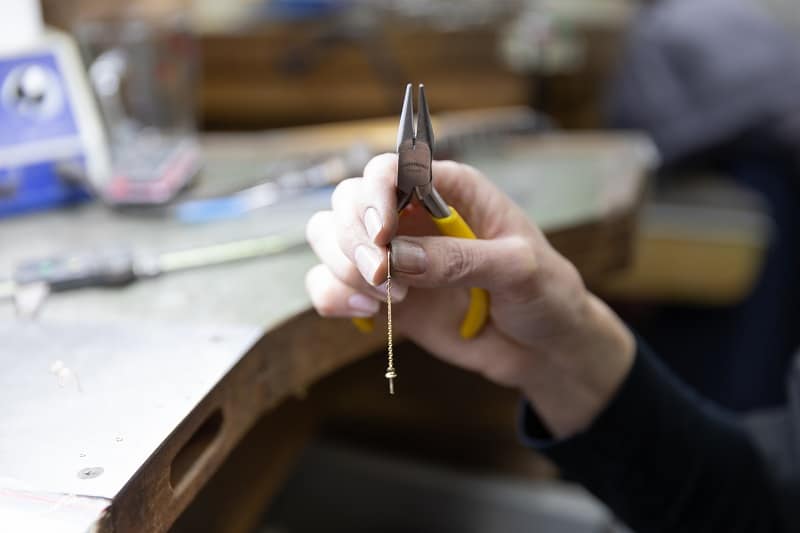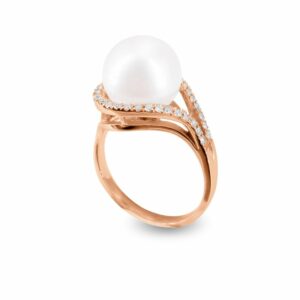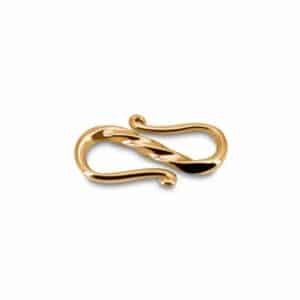Delving into The Anatomy of Adornment offers a comprehensive understanding of the various jewelry parts that contribute to intricate designs.
Jewelry, more than mere adornment, represents an amalgamation of artistry, history, culture, and sentiment. Each piece, whether an heirloom or a contemporary creation, reflects deep-seated craftsmanship. At the core are the intricate jewelry parts that come together to form these masterpieces. The aim of this guide is to enhance our understanding and appreciation of these components.
Foundation of Jewelry: The Metals
Different metals possess unique properties that influence the final appearance and feel of the jewelry:
- Gold: This highly desired metal is valued for its luster and tarnish resistance. Gold purity is measured in karats, with 24K being pure gold. However, for added durability, gold is often alloyed with other metals, resulting in variations like 18K or 14K.
Yellow Gold: Classic and timeless.
White Gold: Alloyed with palladium or nickel, it offers a silver hue.
Rose Gold: Its pinkish-red hue comes from a higher copper content.
- Silver: Available mainly as sterling silver, which is 92.5% pure. It offers a reflective property, although it’s more prone to tarnishing than gold.
- Platinum: A dense, durable metal with a silvery-white appearance. It’s hypoallergenic, making it suitable for those with sensitive skin.
- Bronze and Brass: Both alloys, they offer a more rustic, vintage appearance and are more affordable than gold or platinum.
Stars of the Show: Gemstones
Gemstones add color, brilliance, and personality to jewelry:
- Diamonds: Renowned for their sparkle and durability. The Four Cs (Cut, Clarity, Color, and Carat) determine their quality and value.
- Sapphires, Rubies, and Emeralds: Grouped as precious gemstones, they are valued for their color, clarity, and rarity.
- Semi-Precious Stones: This category includes a plethora of stones like amethyst, topaz, turquoise, and opal, each possessing unique qualities.
The Art of Setting
The manner in which a gem is set can accentuate its beauty:
- Prong Setting: Metal claws (usually four to six) grasp the gem. This elevates the gem, allowing light to pass through, enhancing brilliance.
- Bezel Setting: Offers protection by encircling the gem with metal.
- Channel Setting: Ideal for smaller stones, like in eternity rings, where they are nestled between metal borders without prongs.
- Pavé Setting: Derived from the French word for “paved,” numerous small gemstones are set close together, enveloped by minuscule prongs, creating a shimmering surface.
Unsung Heroes: Clasps and Closures
These functional jewelry parts ensure that pieces like necklaces and bracelets remain secure:
- Spring-ring Clasps: Comprising a circle with a spring mechanism, they are simple yet effective.
- Toggle Clasps: A bar fits into a ring, ensuring closure. It’s both decorative and functional.
- Lobster Clasps: Named for their resemblance to a lobster’s claw, they’re known for security.
- Pearl Clasps: Specifically crafted for pearl jewelry, they often have added safety mechanisms and decorative touches to complement the pearls.
Chains and Their Types
Chains vary in style and strength:
- Box Chain: Sturdy square links make it suitable for heavier pendants.
- Rope Chain: With its twisted pattern, it’s both durable and ornate.
- Figaro Chain: Originating from Italy, it alternates between short and long links, offering a unique design.
- Curb Chain: Its interlocking links lie flat, making it a popular choice for both necklaces and bracelets.
Supplementary Elements: Charms, Bails, and Spacers
These elements add depth and personalization to pieces:
- Charms: These miniature ornaments often symbolize personal milestones, interests, or memories.
- Bails: These connectors, often ornate, ensure pendants hang gracefully from chains.
- Spacers: In pieces with multiple gems or beads, spacers ensure uniformity and enhance aesthetics.
Earrings and Their Components
Diverse in style, earrings come with various components:
- Posts: Common in stud earrings, they penetrate the earlobe.
- Hooks: Found in dangle or drop earrings.
- Hoop Earrings: These circle the earlobe and can be adorned with gems.
- Earring Backs: These secure the earring in place. Common types include butterfly backs and screw backs.
Brooches and Pins
More than decorative, they have components ensuring function:
- Pin Mechanism: This allows the brooch to attach to clothing.
- Hinge: Enables the pin to move.
- Catch: Ensures the brooch remains in place.
Rings and Their Anatomy
- Shank: The band of the ring.
- Gallery: Offers a side view and can be adorned with gems.
- Setting: This holds the central gemstone. Varieties include solitaire settings (holding a single gem) and halo settings (where smaller gems surround the main stone).
The Intricacies of Bracelets
- Cuff Bracelets: Rigid and open-ended, they slide onto the wrist.
- Bangles: Complete circles, they can be slid or snapped on.
- Charm Bracelets: Chains adorned with personalized charms.
Highlight on Konig Jewelry: Crafting Excellence in Pearl Gold Findings
Navigating the world of jewelry parts, Konig emerges as a beacon of unmatched quality, especially in pearl gold findings. Merging traditional craftsmanship with modern innovation, our pieces exude elegance and durability.
Conclusion
Peeling back the layers of jewelry reveals a world of intricate components and unmatched craftsmanship. From the metals forming the base to the clasps ensuring security, each part plays its role in creating a symphony of beauty and function. Through this guide, we hope to elevate your understanding and appreciation of these artistic creations.



